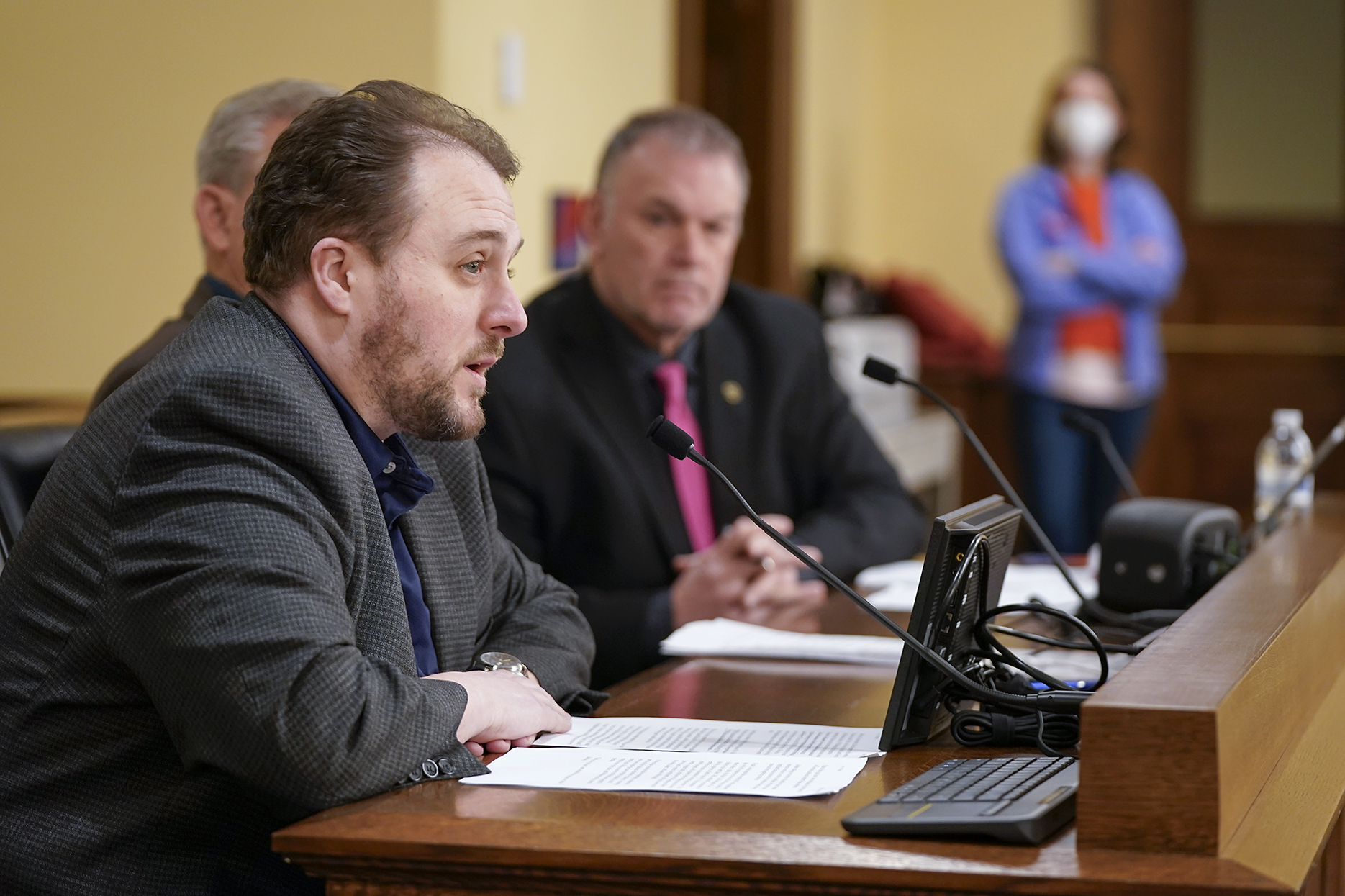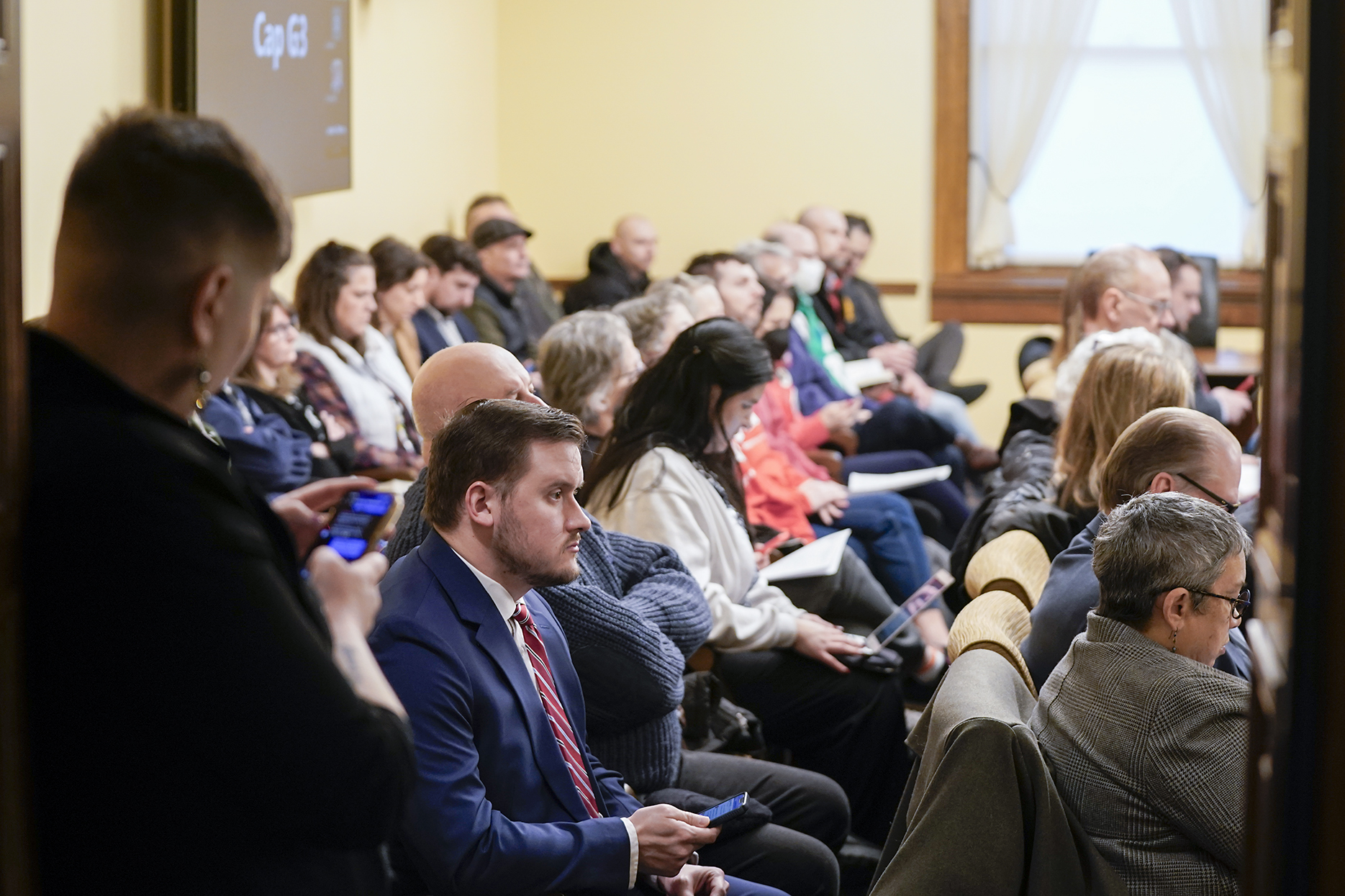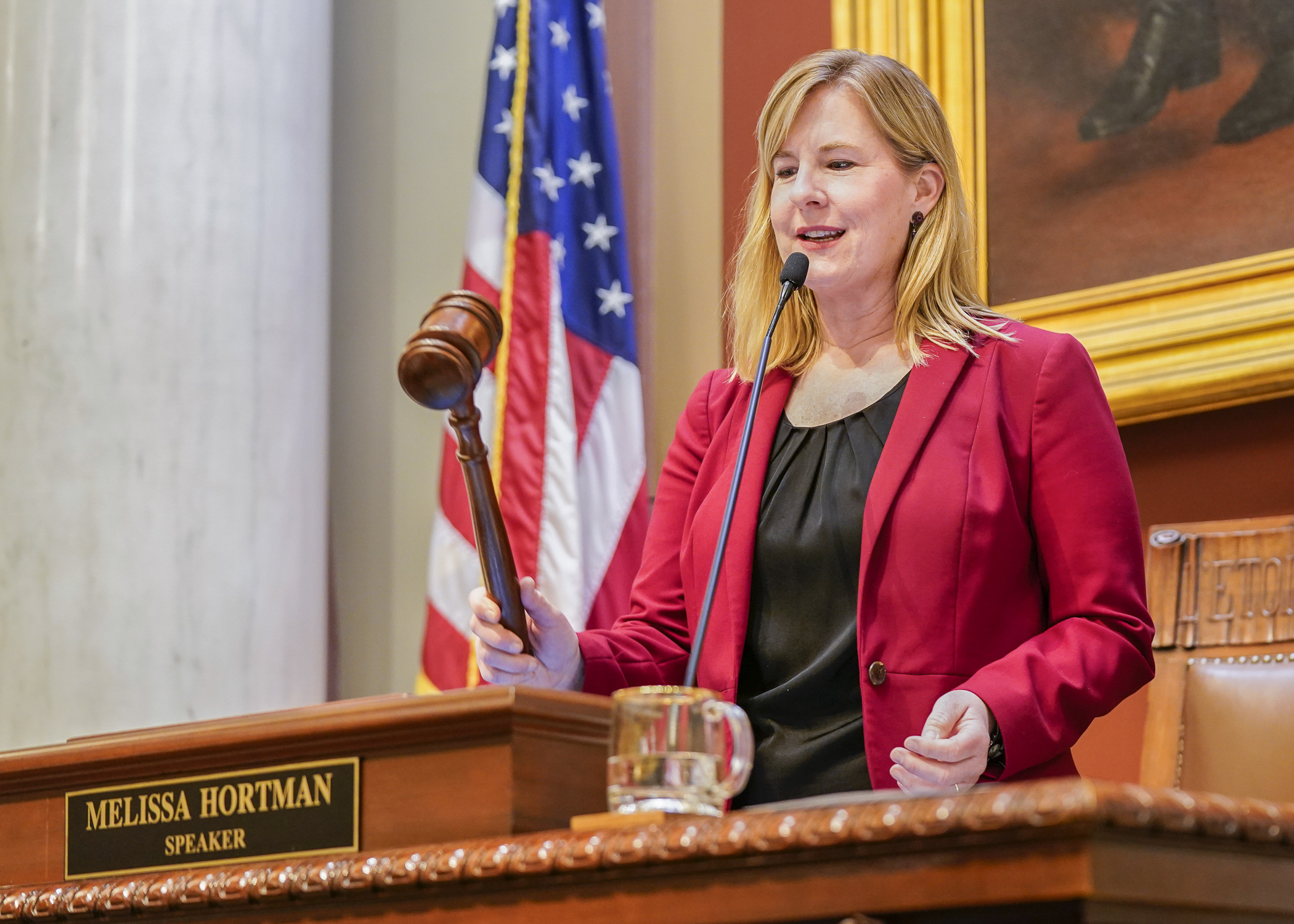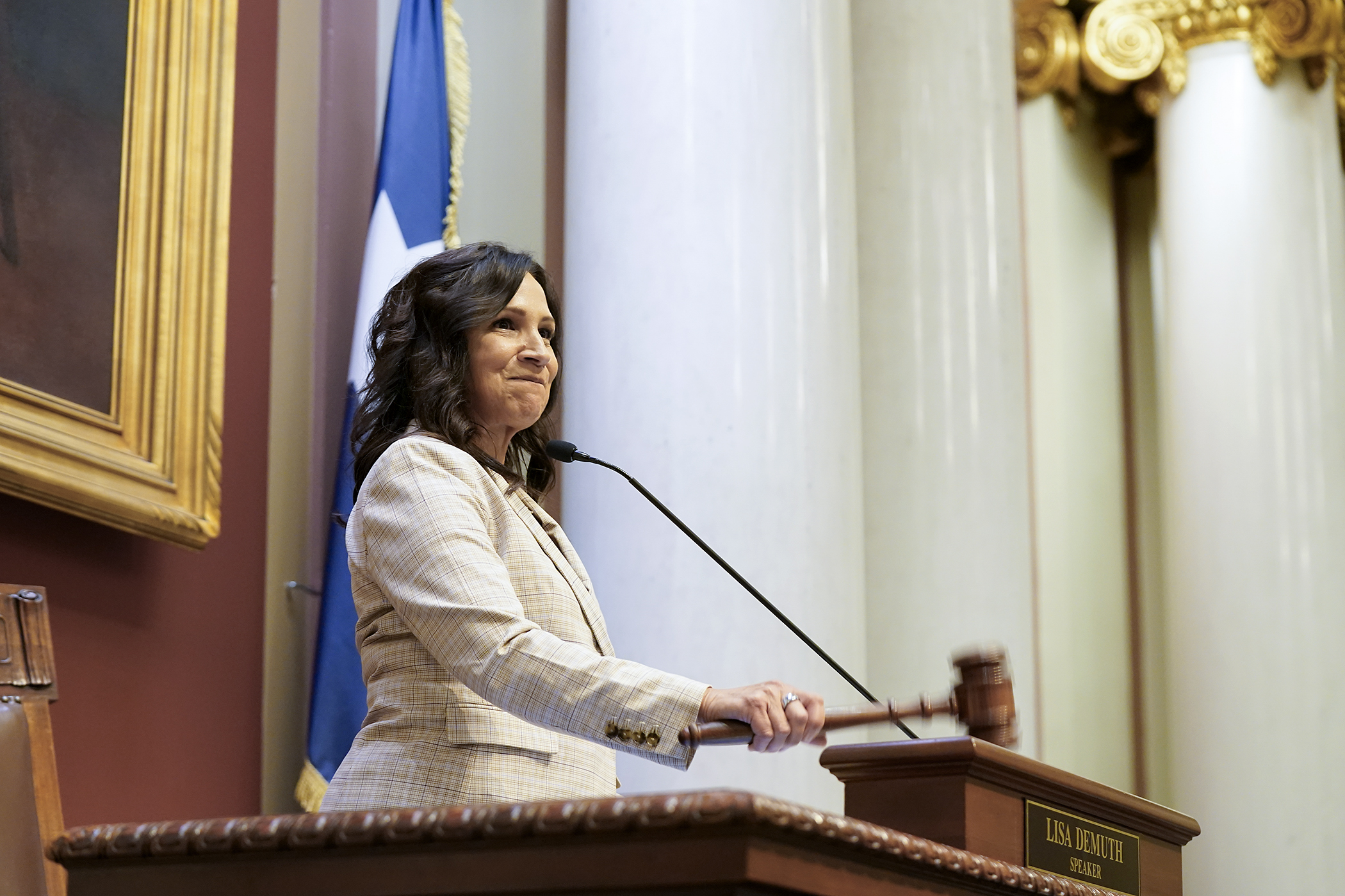Proposal would put brakes on paid leave program for one year

— UPDATED at 5:57 p.m.
The time to fix the train is before it leaves the station, suggests Rep. Dave Baker (R-Willmar), and he isn’t convinced the Minnesota Paid Leave program is ready to roll.
He sponsors HF11 that would delay implementation of the state program to provide partial wage replacement for people who need extended time away from work. Baker said the legislative process around the bill was not normal and a delay is warranted.
“We have not had enough time to look at how it affects everybody,” he said.
The House Workforce, Labor, and Economic Development Finance and Policy Committee sent the bill to the House Ways and Means Committee on a 7-6 party-line vote.
The Department of Employment and Economic Development is prepared to implement the program in January, said Deven Bowdry, DEED's director of government relations.
Legislation authorizing the paid leave program for new parents, people facing serious medical conditions or caring for loved ones, was first passed in 2023 and updated in 2024.
Per the law, a self-funding family and medical insurance benefit account modeled on the state’s unemployment fund and managed by the Department of Employment and Economic Development will be funded by a 0.88% payroll tax, at least half of which must be paid by the employer. People may start collecting benefits in January and first premiums are due from employers April 30, 2026.
Many business owners and school district groups supporting the delay suggest issues remain incorporating the state program with existing collective bargaining agreements, seasonal workers, and their budgeting process. They questioned if businesses and the department are properly prepared.
 Community members and stakeholders crowd a Capitol hearing room for the House Workforce, Labor, and Economic Development Finance and Policy Committee’s Feb. 13 discussion to delay implementation of the state’s paid leave law. (Photo by Michele Jokinen)
Community members and stakeholders crowd a Capitol hearing room for the House Workforce, Labor, and Economic Development Finance and Policy Committee’s Feb. 13 discussion to delay implementation of the state’s paid leave law. (Photo by Michele Jokinen)Gavin Hanson, fiscal and economic policy director for the Minnesota Business Partnership, said there are no guardrails to ensure a smooth rollout. He suggested using the one-year delay for an independent audit to ensure key benchmarks have been met, testing and auditing technology before it launches, and extensive beta testing with state employees before a full roll out.
Opponents of the delay argue that the paid leave program has been thoroughly dissected for years, works in other countries and states, and will level the playing field for small businesses in their effort to hire and retain employees. They emphasize that changing the timeline will only add uncertainty.
Summer Spika, an internal organizer with SEIU Healthcare Minnesota & Iowa, said the proposed change represents an unnecessary delay for a critical benefit. Many families have already made financial and family decisions based on the 2026 start date, she said, and no employer of the many she’s talked to has indicated they would be unable to meet the deadline.
“If there were grounds for delay, we would raise them,” Spika said. “Minnesotans have waited too long already. We don’t need to delay anymore.”
Related Articles
Search Session Daily
Advanced Search OptionsPriority Dailies
Speaker Emerita Melissa Hortman, husband killed in attack
By HPIS Staff House Speaker Emerita Melissa Hortman (DFL-Brooklyn Park) and her husband, Mark, were fatally shot in their home early Saturday morning.
Gov. Tim Walz announced the news dur...
House Speaker Emerita Melissa Hortman (DFL-Brooklyn Park) and her husband, Mark, were fatally shot in their home early Saturday morning.
Gov. Tim Walz announced the news dur...
Lawmakers deliver budget bills to governor's desk in one-day special session
By Mike Cook About that talk of needing all 21 hours left in a legislative day to complete a special session?
House members were more than up to the challenge Monday. Beginning at 10 a.m...
About that talk of needing all 21 hours left in a legislative day to complete a special session?
House members were more than up to the challenge Monday. Beginning at 10 a.m...